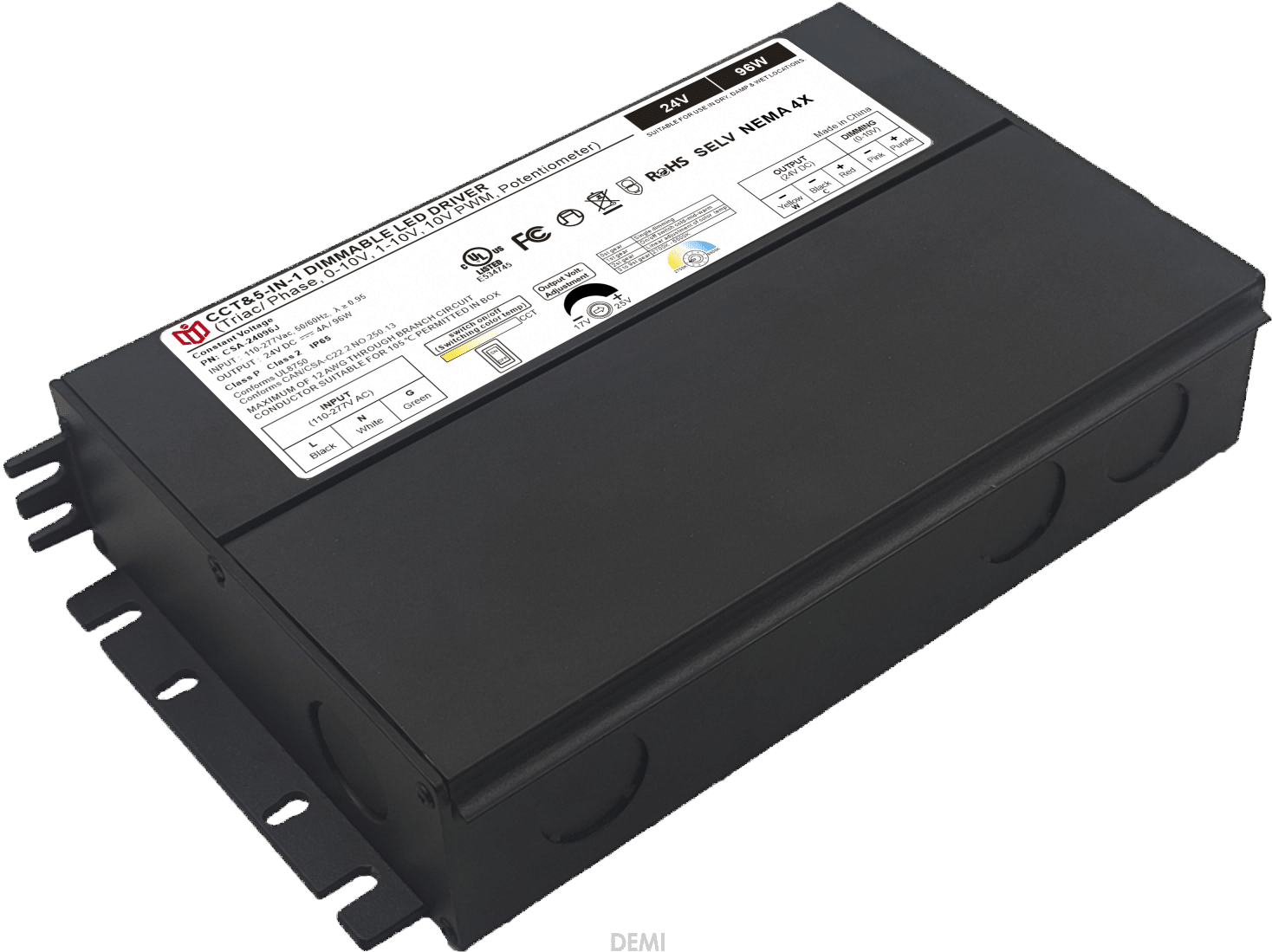How was the brand influence of LED dimming power supplies established?
In the competitive landscape of modern lighting technology, few components have demonstrated such transformative impact as LED dimming power supplies. These sophisticated devices act as the nervous system connecting human intent with illuminated environments, gradually establishing themselves as indispensable pillars of architectural and residential design. Their journey from niche electronic modules to recognized industry standards reveals a masterclass in strategic brand building within specialized markets.
Pioneering Technological Standards
Early adopters recognized that consistent performance was non-negotiable for gaining trust. Manufacturers invested heavily in developing universal compatibility protocols like 0-10V and DALI interfaces, creating interoperability bridges between diverse fixtures. This standardization wave eliminated fragmentation fears while enabling seamless integration across projects—from boutique hotels to corporate campuses. When Philips Lighting adopted open-source dimmable drivers in their Hue system launch (2012), it validated the category's potential at scale. Such moves didn't just sell products; they embedded entire ecosystems into designers' toolkits.
Energy Efficiency Revolution
The real game-changer arrived when engineers cracked thermal management challenges using silicon carbide semiconductors. By achieving >95% conversion efficiency rates while maintaining flicker-free output down to 0.1% brightness levels, these units slashed operational costs by 40% compared to traditional ballasts. Hotel chains including Marriott reported $2M annual savings after retrofitting conference rooms with programmable drivers that auto-adjust based on occupancy sensors. Case studies became powerful testimonials—transforming technical specifications into boardroom selling points.
User Experience Alchemy
Beyond raw specs lay psychological craftsmanship. Leading brands transformed abstract controls into tactile experiences through intuitive mobile apps featuring ambient preset modes ("Sunrise Simulation", "Candlelight Dinner"). Knob designs evolved from industrial toggle switches to premium glass touch panels resembling luxury watches. When Lutron introduced its Pico remote family (2015), suddenly adjusting mood lighting felt as natural as dimming table lamps—democratizing professional-grade control for everyday users. This emotional connection turned functional hardware into lifestyle accessories.
Ecosystem Partnerships

Smart home alliances proved decisive. Companies like Cree partnered with Amazon Alexa early (2017), allowing voice commands to regulate color temperatures dynamically. Integration with building management systems followed suit, positioning drivers as central hubs rather than peripheral devices. At ISE trade shows, booth demonstrations showcased how single interfaces could orchestrate curtain movements, HVAC settings, and lighting scenes simultaneously—elevating power supplies from backboxes to command centers. Such synergies created compounding network effects across smart city initiatives globally.
Sustainability Narrative

Environmental credentials became unexpected differentiators. With RoHS compliance becoming table stakes, innovators added recycled aluminum chassis and recyclable packaging made from mushroom mycelium composites. Solar-compatible models emerged for off-grid installations, tapping into UNESCO World Heritage Site preservation projects where carbon footprint mattered most. When Acuity Brands secured LEED v4 certification for their Ara series (2020), they unlocked government bidding tiers previously reserved for B Corp certified vendors—proving green credentials opened doors beyond procurement departments.
Educational Leadership
Technical whitepapers evolved into design guides addressing common pain points like ghosting effects or EMI interference mitigation. Live webinars hosted by industry veterans demystified complex topics like phase-cut dimming versus constant voltage methods. Manufacturers even developed augmented reality tools letting electricians visualize cable runs before cutting walls—reducing installation errors by 73% according to EMerge Alliance reports. This knowledge sharing cultivated loyal communities who self-advocated product superiority through peer networks.
Today's top-tier brands didn't merely manufacture components; they engineered perception shifts around what intelligent illumination could achieve. By aligning technological excellence with human-centric applications, they transformed electrical subsystems into defining features worthy of center stage recognition—proving that even unseen heroes deserve spotlight moments when executed brilliantly.
 In heritage architecture prote
In heritage architecture prote
 When small-batch customization
When small-batch customization
 Have the electromagnetic emiss
Have the electromagnetic emiss
 When Triac dimmable power supp
When Triac dimmable power supp
